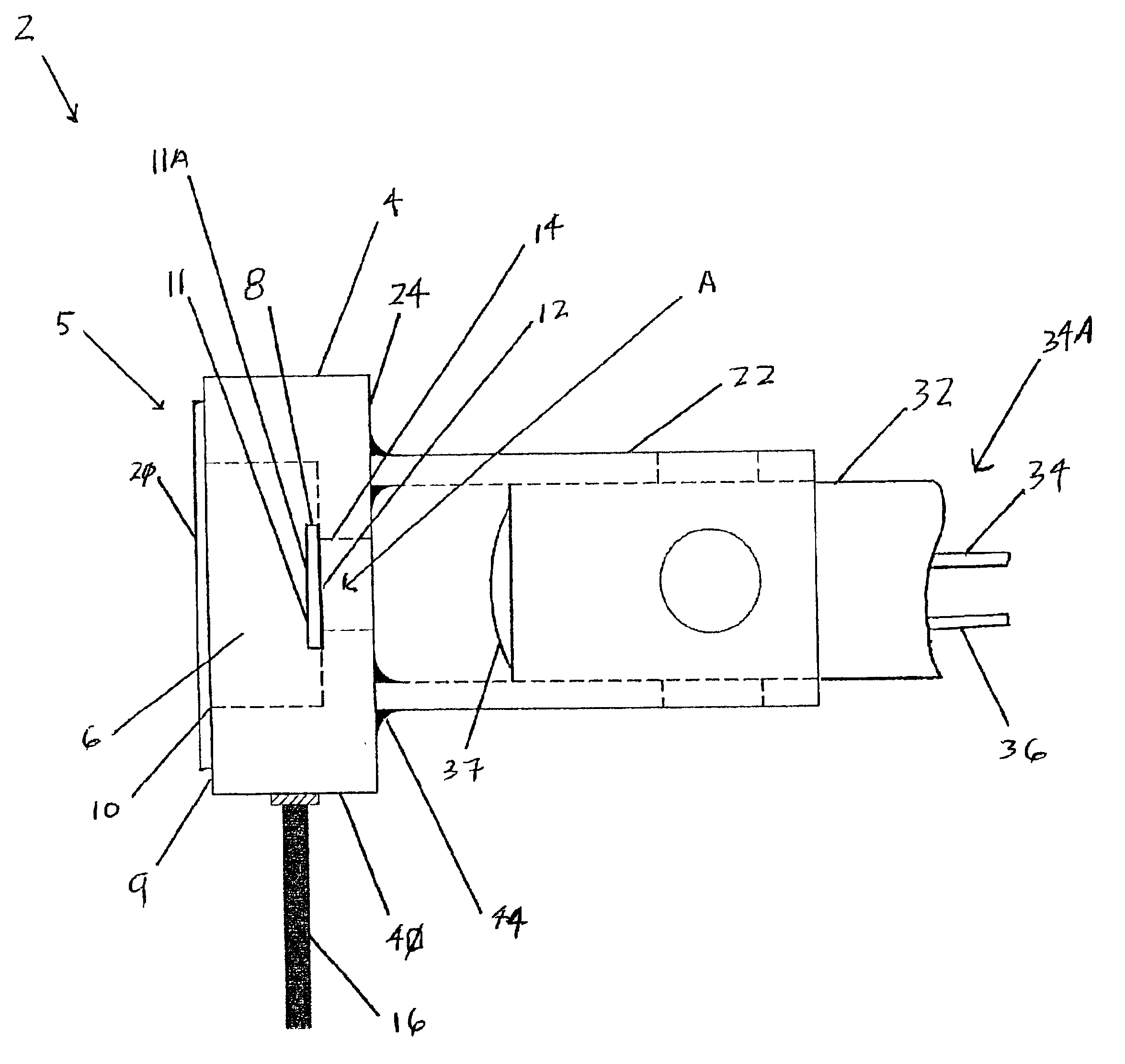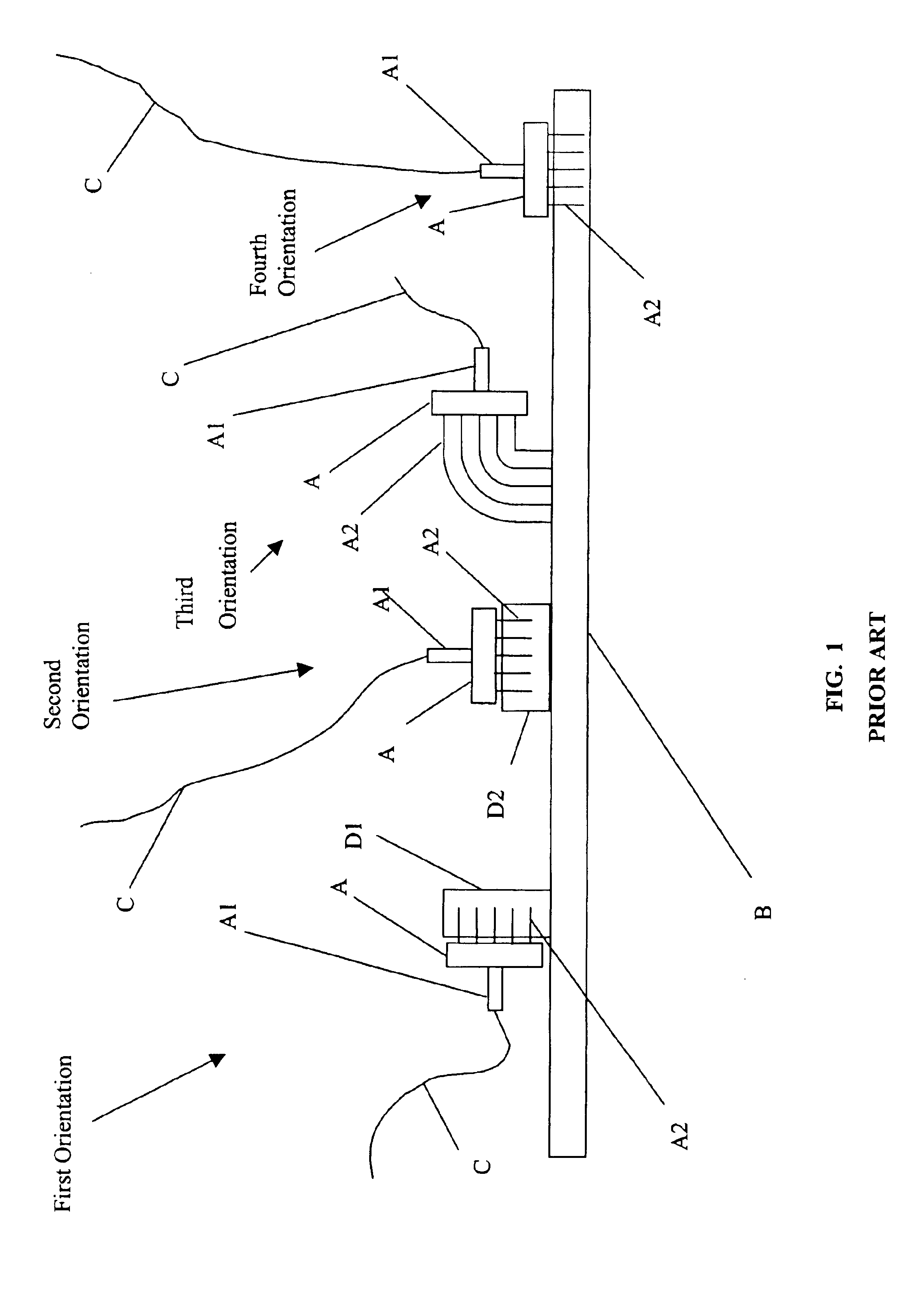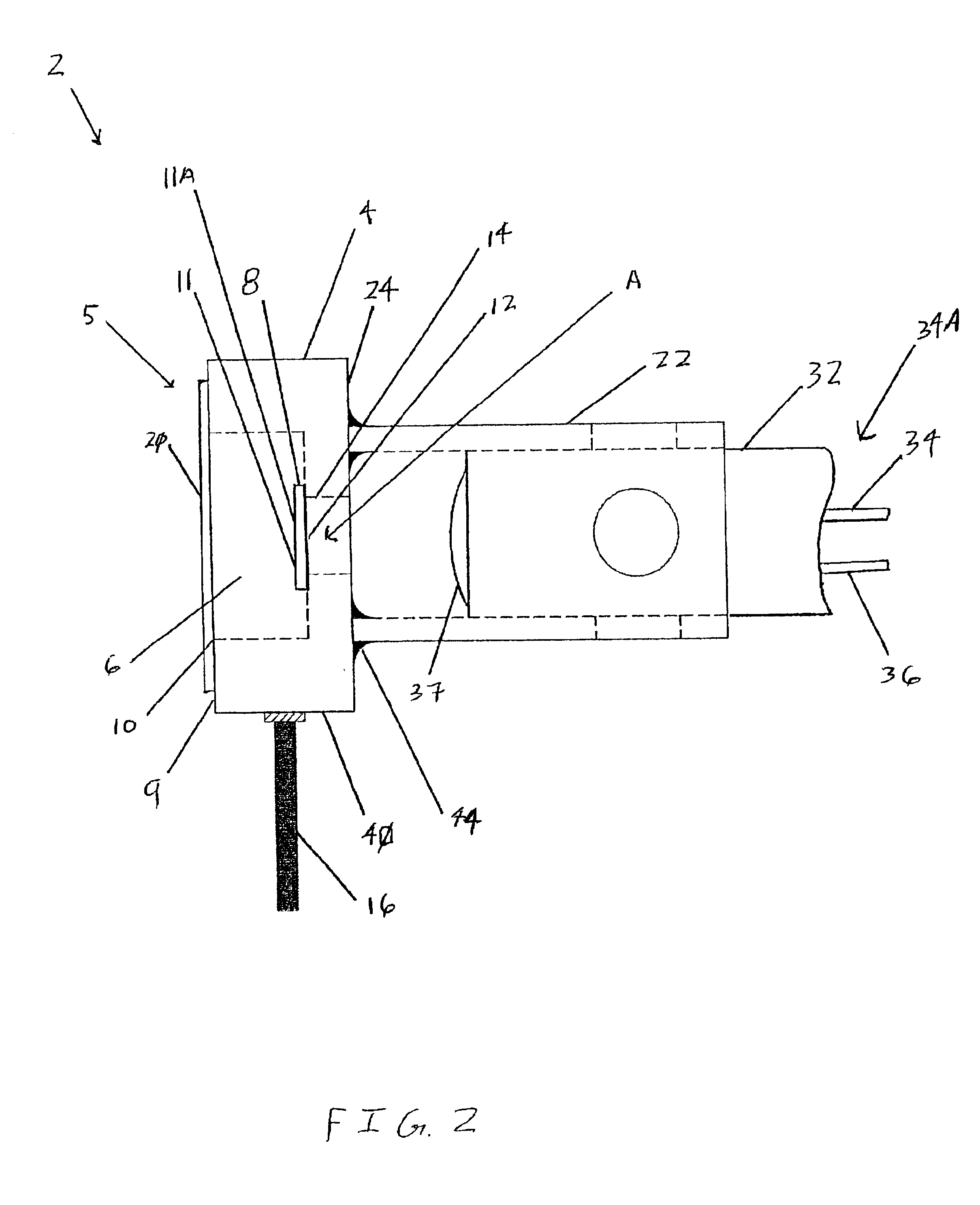Photonic component package and method of packaging
a technology of applied in the field of photonic component package and packaging method, can solve the problems of not enabling the low cost application of conventional and low cost package manufacturing method and suitable materials known in the art, such as ceramic or plastic, and not considering or providing optional orientations for insertion of the package into a larger system. , to achieve the effect of reducing the requirement of footprint and increasing mechanical stability
- Summary
- Abstract
- Description
- Claims
- Application Information
AI Technical Summary
Benefits of technology
Problems solved by technology
Method used
Image
Examples
Embodiment Construction
While the description above provides a full and complete disclosure of the preferred embodiments of the present invention, various modifications, alternate constructions, and equivalents will be obvious to those with skill in the art. Thus the scope of the present invention is limited solely by the appended claims.
Referring now generally to the Figures and particularly to FIG. 1, FIG. 1 is a cross-sectional view of four orientations of a prior art photonic component A coupled with a PC board B. A collimator A1 of the prior art device A is coupled with an optical fiber C. In a first orientation a plurality of pins A2 are inserted into a socket D1, whereby the pins A2 are place in parallel with the PC Board B. In a second orientation the plurality of pins A2 are inserted downwards and towards the PC Board and into a socket D2. In a third configuration the plurality of pins A2 are extended in length and bent downwards towards a direct mechanical coupling with the PC board B. In a fourt...
PUM
 Login to View More
Login to View More Abstract
Description
Claims
Application Information
 Login to View More
Login to View More - R&D
- Intellectual Property
- Life Sciences
- Materials
- Tech Scout
- Unparalleled Data Quality
- Higher Quality Content
- 60% Fewer Hallucinations
Browse by: Latest US Patents, China's latest patents, Technical Efficacy Thesaurus, Application Domain, Technology Topic, Popular Technical Reports.
© 2025 PatSnap. All rights reserved.Legal|Privacy policy|Modern Slavery Act Transparency Statement|Sitemap|About US| Contact US: help@patsnap.com



